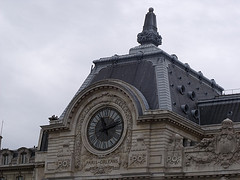The Evolution of the French Door
French doors make an excellent addition to any home, enhancing both natural light and aesthetics. Often mentioned by real estate agents in terms of curb appeal, French doors contribute significantly to a property’s attractiveness. They can open up a room to make the home appear more spacious or lead to a terrace, seamlessly connecting indoor and outdoor spaces. In today’s post, we’ll explore the history of French doors, the materials used in their construction, and how contemporary designers have found new applications for this classic, functional work of art.
The French door’s origin can be traced back to its early form as a window, specifically the casement window that evolved during the French Renaissance period. Initially, these windows extended down to the floor and were commonly found on the second floors of homes. Eventually, someone decided to expand the window upwards and transform it into a door. The original French doors featured individual glass panes, known as lites, separated by wooden dividers called mullions. The number of glass panes was used to describe the door; for example, a door with 10 glass panes would be referred to as a 10-lite French door.
The original French doors were


 Manuel is a passionate, driven, and techsavvy AV technician,
Manuel is a passionate, driven, and techsavvy AV technician, 

Recent Comments